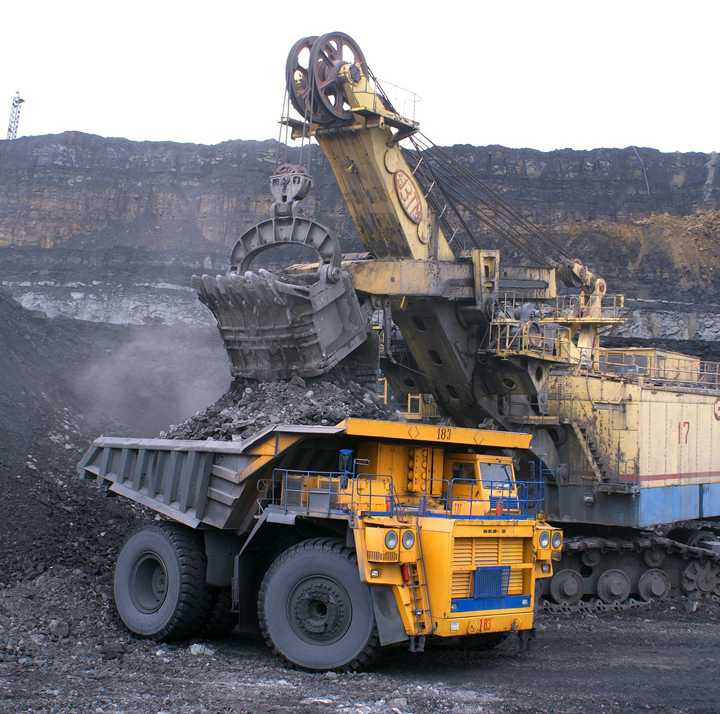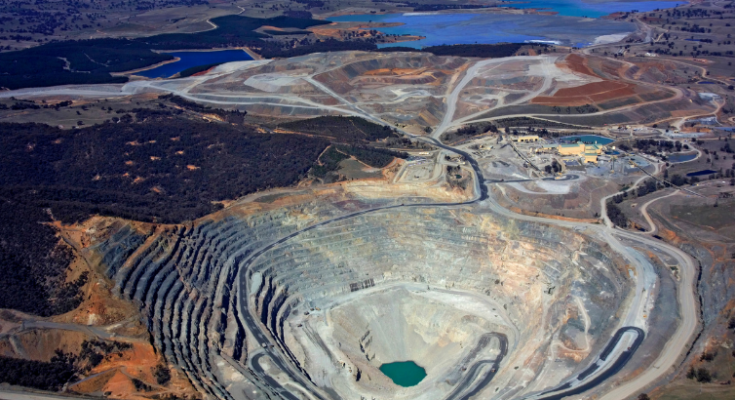The United States possesses a largely untapped resource that could significantly impact its supply chain for rare earth elements (REEs). Coal ash, a byproduct of coal combustion from power plants, contains an estimated 11 million tons of REEs, valued at approximately $8.4 billion. This amount is nearly eight times greater than the country’s current known reserves. These critical elements are essential for modern technologies, including smartphones, electric vehicles, and renewable energy infrastructure.
A recent study conducted by The University of Texas at Austin examined the distribution and extractability of REEs in coal ash across different regions in the United States. The research revealed that the concentration and ease of extraction of REEs vary depending on the geographical source of the coal ash.
Regional Variations in REE Content and Extraction

The Appalachian Basin, historically one of the richest coal-producing regions in the U.S., contains coal ash with relatively high concentrations of REEs. However, extracting these elements from Appalachian ash is more challenging due to their mineralogical composition. The chemical binding of REEs within the ash matrix makes their recovery more complex and costly. Advanced extraction technologies and chemical processing methods may be required to make the recovery of these elements economically viable.

In contrast, coal ash from the Powder River Basin, which spans parts of Wyoming and Montana, has lower REE concentrations. However, its extraction process is significantly easier and more cost-effective. The nature of the ash from this region allows for simpler chemical processing, making it a more attractive source for rapid REE recovery.
The Strategic Importance of Domestic REE Production

The United States currently relies on imports for over 90% of its rare earth elements, with the vast majority coming from China. This dependence poses a significant risk to national security and economic stability, particularly given the geopolitical tensions and trade uncertainties associated with relying on foreign suppliers. By developing methods to extract REEs from domestic coal ash, the U.S. can reduce its reliance on external sources, creating a more resilient and independent supply chain for these critical materials.

Coal ash represents an abundant and underutilized resource that, if harnessed properly, could contribute to meeting the growing demand for REEs. Given the increasing global shift toward renewable energy, electric vehicles, and advanced electronics, securing a stable supply of these elements is crucial for technological advancement and economic competitiveness.
Challenges and Opportunities in REE Recovery from Coal Ash
While the potential benefits of extracting REEs from coal ash are immense, several challenges must be addressed. The primary hurdles include:
- Developing cost-effective extraction methods: Traditional REE extraction techniques are often expensive and environmentally demanding. Researchers must innovate new approaches that are both economically viable and sustainable.
- Scaling up production: Laboratory-scale extraction methods need to be adapted for large-scale commercial operations to make a meaningful impact on the domestic REE supply.
- Regulatory and environmental considerations: Processing coal ash for REE recovery must be done in a way that minimizes environmental risks, including waste management and water contamination.
Despite these challenges, recent advancements in chemical processing and separation technologies are making REE recovery from coal ash more feasible. Government support and investment in research and infrastructure could further accelerate the development of this promising domestic resource.
Conclusion
The vast reserves of rare earth elements within U.S. coal ash represent a hidden treasure that could transform the country’s supply chain for these critical materials. With strategic investment in extraction technologies and environmental safeguards, coal ash could become a valuable domestic source of REEs, reducing reliance on foreign suppliers and strengthening national security. By unlocking this potential, the U.S. can secure a sustainable future for industries that depend on these essential elements, fostering innovation and economic growth for years to come.



